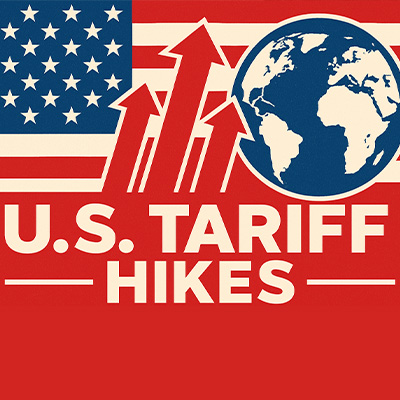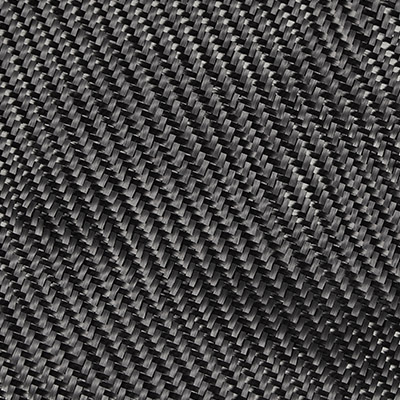
Carbon Fiber and Composites Market: Growth Trends & Global Insights
👁 Reads: 58
The carbon fiber and composites market is experiencing rapid growth, driven by increasing demand across industries such as aerospace, automotive, rail, defense, and renewable energy. This lightweight and durable material is revolutionizing manufacturing processes by enabling high-performance solutions while addressing sustainability goals. This article delves into key growth drivers, market segmentation, regional insights, and future outlook to provide investors, business analysts, OEMs, and R&D leaders with actionable insights.
Overview of the Carbon Fiber and Composites Market
Carbon fiber composites are renowned for their exceptional strength-to-weight ratio, high stiffness, electrical conductivity, and resistance to corrosion. These properties make them indispensable in applications ranging from aerospace to sports equipment. The global carbon fiber composites market size is projected to grow from USD 21.95 billion in 2024 to USD 39.39 billion by 2034 at a CAGR of 6.02%.
Key applications include:
- Aerospace: Lightweight components for fuel efficiency.
- Automotive: Enhanced performance in electric vehicles (EVs).
- Construction: Reinforcement materials for sustainable infrastructure.
Key Growth Drivers
1. Aerospace Industry Expansion
The aerospace sector remains one of the largest consumers of carbon fiber composites. Aircraft manufacturers prioritize lightweight materials to reduce fuel consumption and enhance performance. For instance, the American aerospace industry generated exports worth USD 100.4 billion in 2022.
2. Electric Vehicles (EVs)
Carbon fiber composites play a pivotal role in EV manufacturing by improving battery enclosures, structural components, and body panels. This contributes to better range and crash protection. The global shift toward EV adoption continues to drive demand for lightweight materials.
3. Lightweighting Across Industries
The push for sustainability has led industries such as rail and wind energy to adopt carbon fiber composites for improved energy efficiency and reduced environmental impact.
Global Market Size and CAGR (2025–2033)
The carbon fiber market is expected to grow significantly:
- Market Volume: From 238.48 kilotons in 2025 to 343.33 kilotons in 2030 at a CAGR of 7.56%1.
- Market Value: USD 12.27 billion by 2033 with a CAGR of 9.2% from 2024–2033.
This growth is fueled by advancements in manufacturing technologies such as automation and 3D printing.
Segment-Wise Analysis
1. Aerospace Sector
Carbon fiber composites are integral to aircraft structures due to their lightweight properties that enhance fuel efficiency and reduce emissions.
2. Automotive Industry
The automotive sector is leveraging carbon fiber for EVs and high-performance vehicles. South Korea’s automobile production surged by 8.5% in 2022, reflecting growing adoption.
3. Rail Applications
Rail manufacturers use composites for structural components to improve durability while reducing weight—a critical factor for energy-efficient trains.
4. Industrial Applications
Carbon fiber is increasingly used in wind turbines, marine vessels, and construction materials due to its corrosion resistance and long-term durability.
Regional Insights
Asia-Pacific:
This region leads the market with rapid industrialization and significant automotive production growth. It is also the fastest-growing market for carbon fiber composites.
North America:
The U.S., with its robust aerospace and automotive industries, remains a key player in the global market. The region accounted for USD 8.90 billion of the market size in 2023.
Europe:
Driven by stringent sustainability regulations, Europe is witnessing increased adoption of carbon fiber composites in renewable energy projects like wind turbines.
Key Players and Recent Investments
Major players driving innovation include Toray Industries Inc., SGL Carbon SE, Hexcel Corporation, Mitsubishi Chemical Corporation, and Teijin Limited. Investments focus on:
- Developing cost-effective production methods.
- Enhancing recycling technologies.
- Expanding production capacity to meet growing demand.
Future Outlook
The future of the carbon fiber market looks promising with trends such as:
- Advancements in Recycling Technologies: Addressing production cost challenges.
- Integration with Digital Manufacturing: Leveraging automation and AI-driven processes.
- Sustainability Goals: Increasing use in renewable energy sectors like wind power.
By 2034, the market will witness widespread adoption across diverse industries due to its unmatched performance characteristics.
Conclusion: Business Implications
For investors and manufacturers, the carbon fiber composites market offers lucrative opportunities driven by technological innovation and sustainability demands:
- Investors: Focus on companies advancing recycling technologies or expanding production capacities.
- OEMs: Leverage lightweight composites to meet evolving consumer demands.
- Procurement Heads: Prioritize suppliers investing in cost-efficient manufacturing processes.
With its robust growth trajectory projected through 2033, the carbon fiber market remains a cornerstone of industrial innovation across sectors like aerospace, automotive, rail, defense, and renewable energy.
By aligning strategies with these trends, stakeholders can capitalize on this dynamic industry’s potential while contributing to global sustainability goals.
The carbon fiber and composites market is poised for continued expansion, driven by innovation, sustainability demands, and cross-industry adoption. From aerospace and automotive to sports equipment and crafting tools, the versatility and performance of composite materials are reshaping modern manufacturing. At NitPro Composites, we remain committed to harnessing the potential of these materials, delivering precision-crafted products that meet the evolving needs of global industries. As technology and demand advance, composites are not just the future—they're the now.





